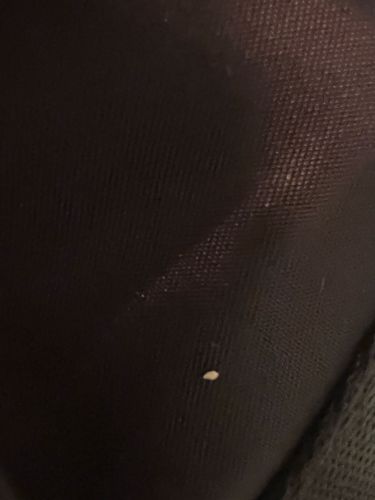Booklouse
Scientific Name: Psocoptera (order), various species
Order & Family: Order: Psocoptera, various families (e.g., Liposcelididae, Psocidae)
Size: 0.5 mm to 2 mm

Natural Habitat
Warm, humid environments; often found in books, papers, food storage areas, under wallpaper, or in other places where mold or mildew might be present.
Diet & Feeding
Mold, fungi, starch products, glue from bookbindings, dead insect fragments, and other organic debris. They do not bite humans.
Behavior Patterns
Nocturnal and reclusive, booklice are often found in groups. They are mostly wingless, or have reduced wings, and move quickly when disturbed. Their presence often indicates high humidity or an underlying mold/mildew problem.
Risks & Benefits
Potential risks: Can cause damage to books, paper, and food products by feeding on mold and starch. While not directly harmful to humans (they don't bite or transmit disease), a large infestation can be a nuisance and indicates conditions favorable for mold growth. Benefits: None significant known to humans; they can be part of the detritivore community in natural environments.
Identified on: 10/29/2025